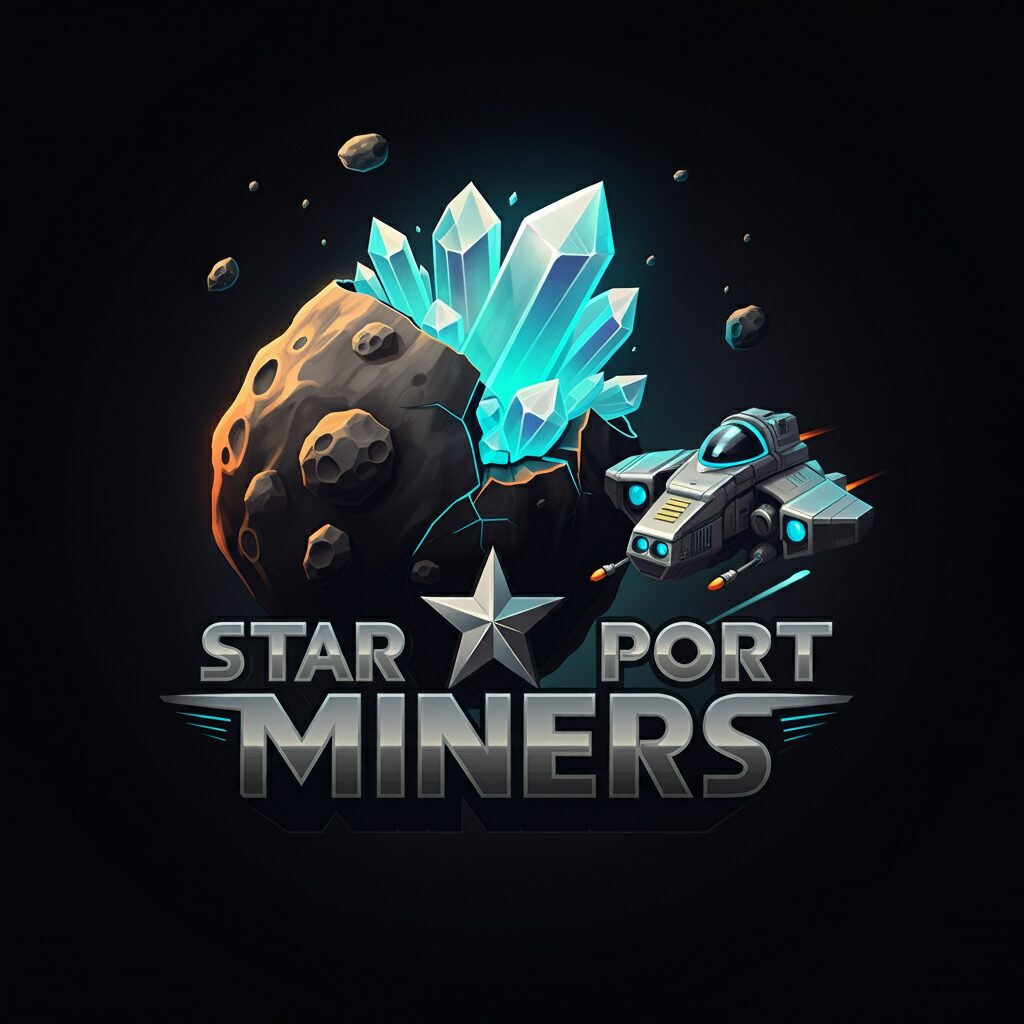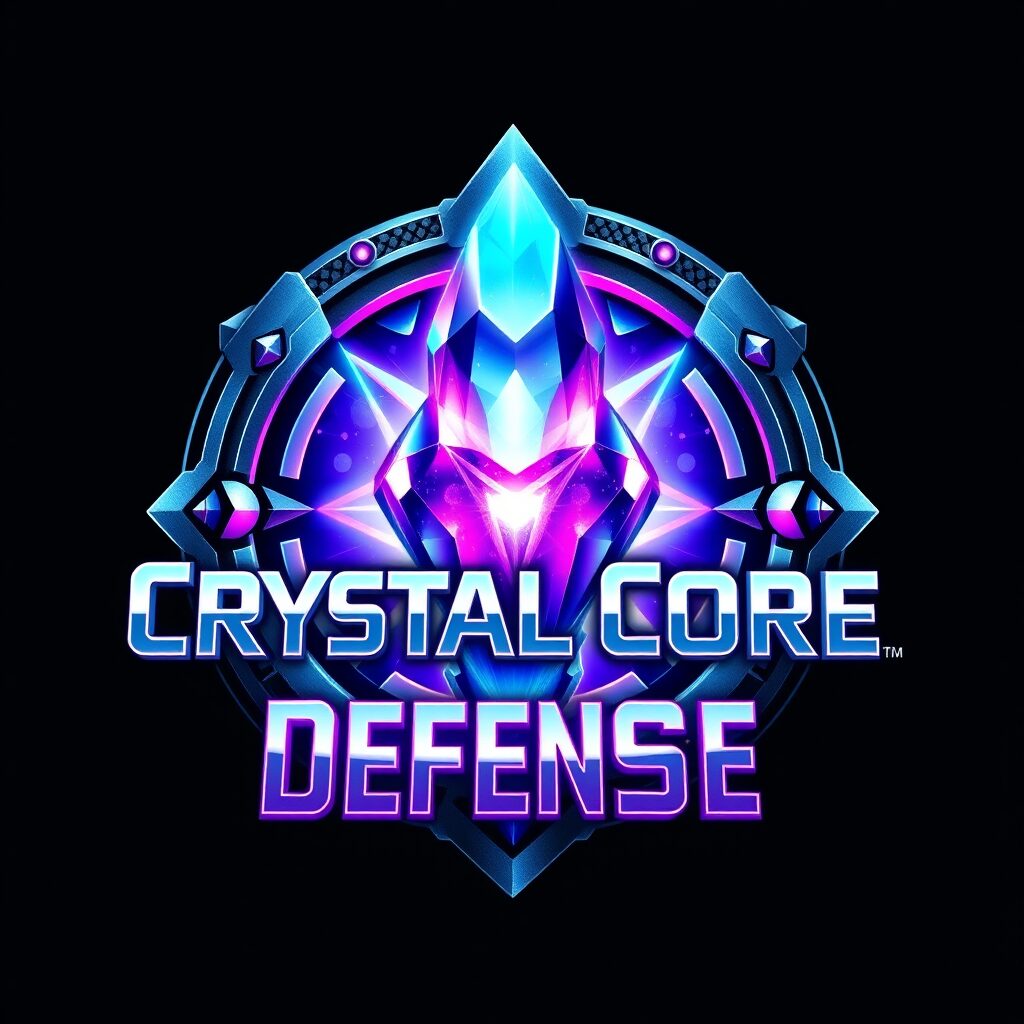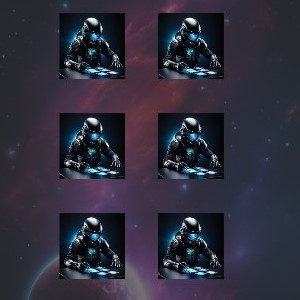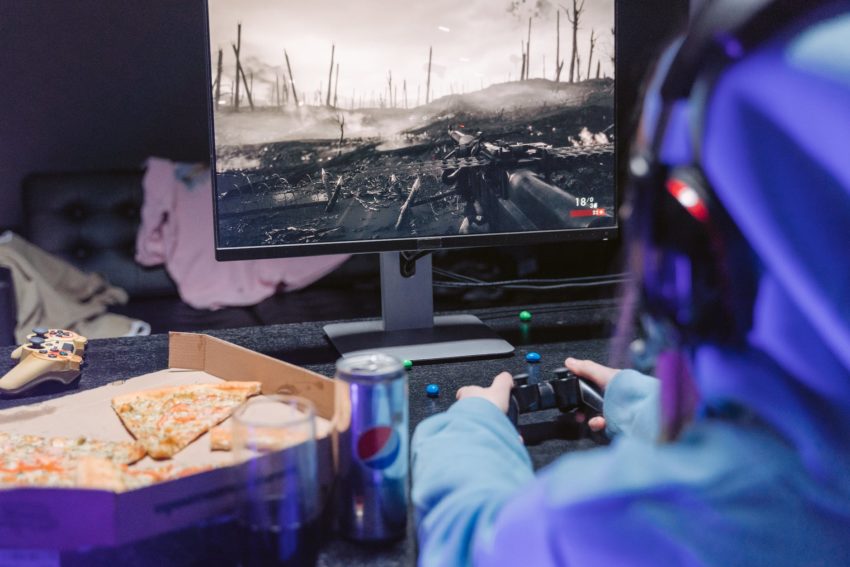Are you ready to level up your video game development animation skills? Whether you’re a seasoned pro or just starting out, this blog is packed with expert techniques and insider tips to help you succeed in the world of game animation. From mastering keyframe animation to animating characters using motion capture suits, we’ve got you covered.
In this blog, we’ll dive into the basics of keyframe animation and show you how to bring video game characters to life using motion capture technology. We’ll explore the benefits of real-time motion capture for game animation workflows and discuss how to translate mocap data into ianimate animation assets for games.
But that’s not all! We’ll also take a look at animating faces with facial motion capture apps, creating 2D animations with sprites and stop motion principles, and even share inspiring stories from the world of game animation and feature animation.
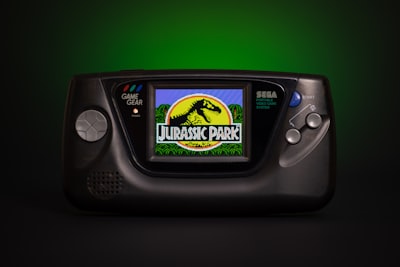
The basics of keyframe animation in game animation
Creating lifelike and dynamic animations is a fundamental aspect of game development. Keyframe animation, a core technique in game animation, allows for smooth and realistic movements in the virtual world. By setting key poses or positions at specific time points, animators can bring their characters and objects to life.
The software then fills in the gaps with in-between frames, resulting in seamless motion. Timing and spacing are key factors in achieving a sense of weight and natural movement. To enhance the quality of game animations, advanced techniques like easing, overshoot, and squash and stretch can be utilized, infusing personality and detail into the gameplay.
How to animate video game characters using motion capture suits
Motion capture suits have completely changed the in-game animation industry. Video game characters now move with a level of realism and lifelikeness that was unheard of before.
By capturing the movements of actors in real life, motion capture technology brings a whole new level of authenticity to character animations. The data from the motion capture suits is then used to animate 3D models, resulting in smooth and natural movements.
This level of detail captures even the smallest nuances and gestures that add depth and believability to the characters. Game developers can now create immersive and realistic gameplay experiences like never before.
Understanding mocap suits
Motion capture suits, commonly known as mocap suits, are an essential tool in the internet animation industry. They allow animators to capture the movements of real-life actors and apply them to digital characters. By utilizing sensors strategically placed on the body, mocap suits accurately track the motion of each joint and muscle.
This real-time data enables animators to visualize and refine their characters’ movements with precision. Whether it’s capturing full-body or partial-body motion, mocap suits are a game-changing technology for creating lifelike and realistic animations.
The benefits of real-time motion capture for game animation workflows
Real-time motion capture technology revolutionizes game animation workflows, delivering a seamless experience for both animators and gamers. By providing real-time visibility into character movements, it empowers animators to fine-tune animations with ease, resulting in lifelike and immersive gaming experiences.
The principles of animation are crucial in understanding the foundations of character movement and behavior. The time and resource efficiency offered by real-time motion capture compared to traditional keyframe animation methods is truly remarkable.
With the ability to iterate and experiment at an accelerated pace, animators can bring characters to life by exploring an array of dynamic movements and actions. Motion capture suits capture even the most intricate details, ensuring the highest level of realism in character animations for video games.
Translating mocap into animation assets for games
When it comes to game animation, translating motion capture data into animation assets is a key part of the development process. With the help of specialized software, game animators can transform the data captured by motion capture suits into keyframes, skeletal animations, facial expressions, and facial animation.
These animation assets play a crucial role in bringing video game characters to life and enhancing the overall gaming experience. It’s important to properly clean and process the mocap data to ensure the final animation assets are error-free and immersive. With the right tools and techniques, game animators can create lifelike and dynamic animations that captivate players and make their gaming experience truly unforgettable.
The cost of a mocap rig suit for a game animator
Motion capture suits are an essential tool for animating realistic movements in video games. The cost of a motion capture suit can vary depending on the brand, features, and quality. Basic motion capture suits typically range from $500 to $1,000, while professional-grade suits can cost several thousand dollars.
When choosing a motion capture suit, it’s important to consider your budget, and specific needs such as game development and animation tools. Smaller studios or individual animators may find renting or leasing a motion capture suit to be a great option, especially for personal projects or tutorial creation.
By investing in a mocap suit, game developers and animators can bring their characters to life with more realistic and natural movement, enhancing the overall gaming experience and gameplay. A video game animator can greatly benefit from using a motion capture suit.
Exploring camera-based motion capture systems for game animation
Delving into the realm of game animation uncovers an exhilarating technology known as camera-based motion capture systems. Being the driving force behind realistic movement in video games, these systems employ multiple cameras to meticulously track markers on an actor’s body.
This meticulous approach captures even the subtlest of nuances, paving the way for animations that breathe life into digital characters. For this cutting-edge technology to work effectively, a controlled setting boasting optimal lighting and precise calibration is of utmost importance.
Once the movement is faithfully recorded, it undergoes a meticulous process to be applied seamlessly onto a 3D model of the game character, ultimately resulting in rig gameplay that oozes fluidity and authenticity.
Animating faces with a facial motion capture app
Capturing the essence of realistic facial expressions is paramount in game animation. By leveraging the power of a facial motion capture app, animators can breathe life into their digital creations like never before. This cutting-edge technology allows for the capture and replication of the most subtle and nuanced movements of the human face.
From joy to sorrow, anger to surprise, every emotion is beautifully portrayed, enhancing the overall gaming experience. With the ability to accurately track facial markers and record expressions, these apps empower game developers to create truly captivating characters. Immerse yourself in the world of game animation and explore the infinite possibilities of facial motion capture.
Animating characters using premade animation assets
If you want to level up your game animation, consider animating characters using premade animation assets for game design. This time-saving technique allows you to focus on customization and combination, resulting in unique character movements.
Smooth and fluid gameplay is achieved through seamless transitions enabled by animation blending techniques. Experiment with timing, spacing, and poses to infuse your characters with personality and realism. By understanding the possibilities and limitations of premade assets, you can optimize their usage to enhance your game animation. Embrace the power of premade animations and power-up your game animation skills.
Creating 2D animation with sprites and stop motion principles
Creating captivating 2D graphics animation in games requires a deep understanding of sprites and the principles of stop motion. By mastering these techniques, you can bring your characters and objects to life with smooth movements that immerse players in your game world.
Through keyframe animation, you have the power to infuse your creations with personality and energy, making them memorable and engaging. Experimenting with various styles and techniques will allow you to discover your own artistic aesthetic, while perfecting the art of timing and spacing will add realism and dynamism to your animations. Elevate your game’s visuals with the magic of 2D animation and watch your creation come to life.
Time efficiency in game animation
Time efficiency is a critical factor in game animation, and there are several techniques and tools that can help game animators save precious time. By utilizing keyframe animation techniques, animators can create realistic character movements without spending excessive time on each frame.
Motion capture technology is another game-changer, allowing animators to capture real-life movements and apply them to their game characters seamlessly. Using reusable animation libraries or templates for common actions can significantly speed up the animation process, as it eliminates the need to create animations from scratch.
Automation tools and scripts also play a vital role in saving time by automating repetitive tasks. Lastly, collaboration and efficient workflow management among team members can ensure that efforts are not duplicated and time is used optimally.
Inspiring stories in game animation
Within the realm of game development, animation plays a crucial role in captivating players and creating memorable experiences. The art of game animation breathes life into characters, conveying emotions and driving the narrative forward. Game animators are skilled storytellers who weave magic through their carefully crafted movements and actions. They collaborate with developers and designers, channeling their creativity into the virtual world.
Behind the scenes, successful game animators share their journey, offering valuable insights into their creative process. Their experiences serve as a wellspring of inspiration for aspiring animators, fueling their passion to improve their own skills. These stories shed light on the intricacies of the craft, providing guidance on techniques, tools, and best practices.
Video game animation software such as Blender and Autodesk
Looking for the best video game animation software? Look no further! Here are the top 10 options that will level up your game animation skills and take your projects to new heights. With choices like Autodesk Maya, Unity, and Blender, you’ll have access to powerful animation tools that suit your needs.
Whether you’re working on character animation, rigging, or creating stunning visuals, these software options have got you covered. Explore the world of game animation with these industry-standard tools and turn your ideas into gameplay reality. Get ready to unleash your creativity and dive into the exciting world of video game animation!
How important is timing and spacing in game animation?
Timing and spacing play a vital role in game animation. Timing involves carefully positioning and timing keyframes to establish rhythm and impact. Spacing determines movement speed and smoothness by distributing frames between key poses. Mastery of timing and spacing brings game animations to life with realism and fluidity.
What software or tools are commonly used in game animation?
Game animators commonly use Autodesk Maya, Unity, and Unreal Engine for creating high-quality game animations. Adobe Animate, Blender, and Spine are also popular tools in the industry. The choice of software depends on the game’s requirements and the animator’s preferences.
Unreal Gameplay Conclusion
To excel in game animation, you need to master expert techniques and stay up to date with the latest tools and trends. Whether it’s keyframe animation, motion capture, or creating 2D animations, there are various methods to bring your game characters to life.
Don’t forget about time efficiency and finding inspiration from other successful game animators. And of course, choosing the right animation software is crucial. Want to learn more about the top options available?
Follow us on Instagram.

